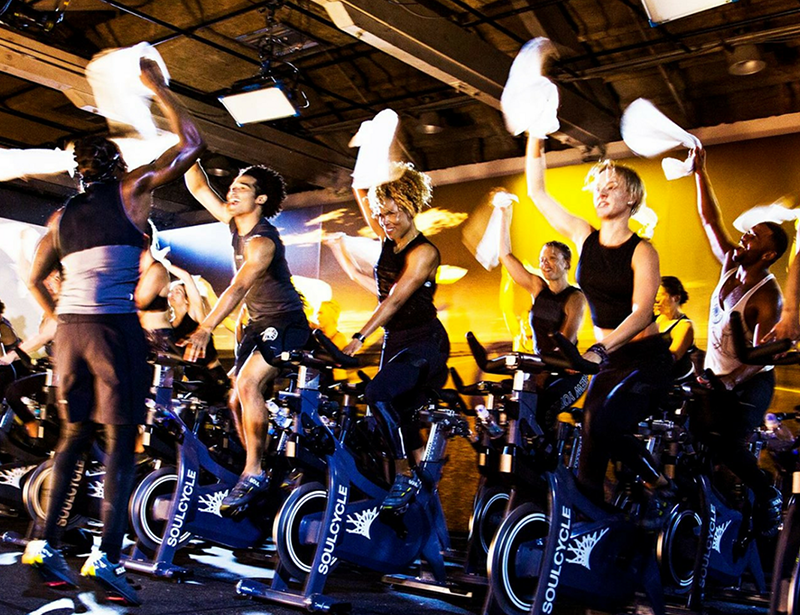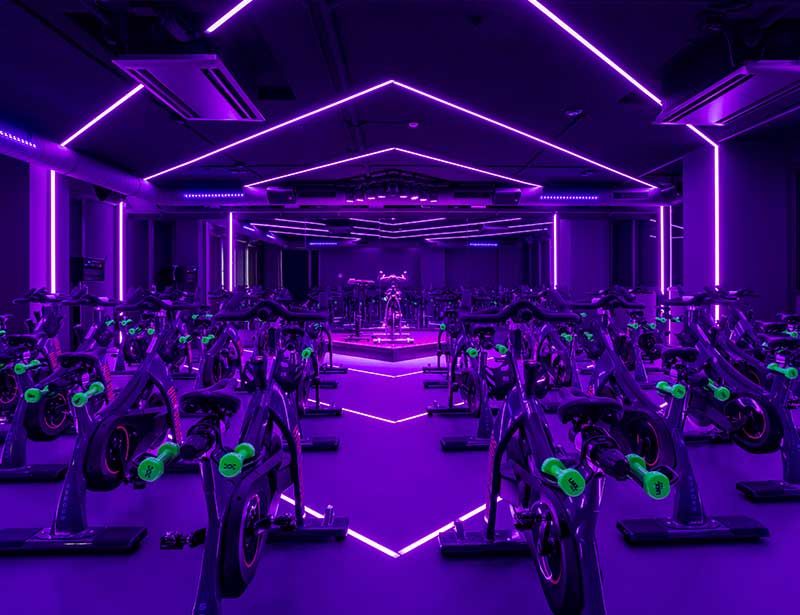Fitness Technology
The heart of the matter
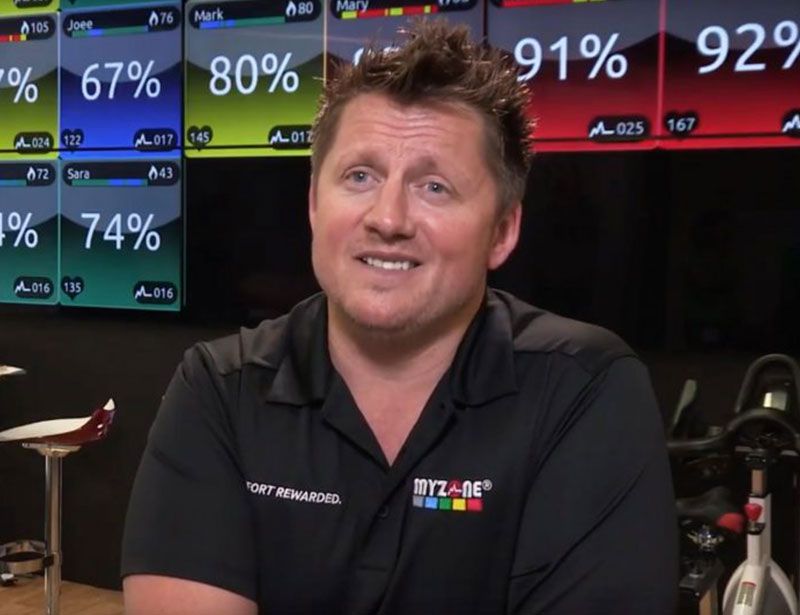
What are the benefits of heart rate training?
The heart is the engine that pumps blood around the body to allow our muscles to function. The more efficient and powerful our heart, the better we perform.
When you train your heart to be more efficient, it’s usually measured in terms of intensity or effort: at what percentage of its maximum capacity is the heart having to beat to carry out the activity or exercise? The benefit of this sort of effort-based training is that you can
easily measure your progress – how efficiently is your heart performing compared to previous workouts, and how much have you therefore improved in response to the task at hand?
What’s the science behind all this?
There are two main methodologies to training. The first is MILO theory, which involves progressive overload. The second is the SAID principle: the Specific Adaptation of Imposed Demand.
The latter is based on the notion that, when a demand or stress is placed on the body, it responds by adapting to it. So, for example, say you did a 50km flat bike ride at a certain pace. If you continued to do this regularly, after a period of time your heart would adapt to it and it would feel easier.
It therefore follows that, if you want to keep progressing, rather than focusing on distance over time it’s better to focus on effort over time (through heart rate training). The by-product of this approach is that riders progress and are able to cycle further and faster.
At this point, it’s important to note one of the greatest misconceptions when it comes to heart rate training. Many people believe the determinant of fitness is how high someone’s heart rate goes during training. That’s incorrect. The true indicator of your fitness is your resting heart rate, and how quickly your heart rate drops after exercise.
If we use a car as an analogy, rather than focusing on how fast the car is going, the focus would be on how many revs it’s producing.
How precise does heart rate training allow you to be?
The deeper science of heart rate training dives into the energy systems of anaerobic thresholds and lactate inflection points, which occur when your heart is beating so fast that there isn’t enough oxygen to feed its function. At this point, the body begins to use the glycogen in the muscles as an energy source.
As long as the heart rate monitor is accurate – which many are not – then heart rate training allows riders to find, and then train at, precise heart rate intensities for a highly efficient workout.
Heart rate training always feels rather elitist. Is it suitable for everyone, whatever their fitness level?
Working at percentages of maximum heart rates – better known as ‘intensities’ or ‘effort levels’ – makes it easier for everyone to understand their training, whatever their fitness levels.
If that information is displayed using simple colour zones, it simplifies the principles of heart rate training so that anyone can understand it. In the Myzone system, for example, someone who’s extremely fit and riding in a pack might be able to cruise along in the blue zone (60 per cent of their maximum heart rate) – but someone who’s less fit might move into the yellow zone (80 per cent of their maximum heart rate) if they try to achieve the same pace.
Most heart rate systems these days are structured around intensity zones linked to colours – but some also attach points associated with those different colours, adding gamification to the process. Again, this helps engage people of all fitness levels as it adds an element of fun.
For example, Myzone allocates one point per minute spent in the grey zone (50–59 per cent of maximum heart rate), two points per minute in the blue zone (60–69 per cent), three points per minute in the green zone (70–79 per cent), and then four points per minute spent in the yellow (80–89 per cent) or red (90–100 per cent) zones.
How do you set heart rate training goals?
An easy way to do this is to set yourself a simple points target per week or per month. How you achieve that is then down to you and how much time and effort you’re willing to put in
– but the points add up with each workout, which is very motivating.
How do you track your progress?
In our system, each workout is shown as a bar chart at the end of the session: you can see exactly which intensity zones you’ve been training in, as each bar on the chart is coloured according to the zone you were in during that minute of the workout.
When you compare your latest graph to previous sessions where you did the same workout, you’re able to see where the colours differ – that is, where the effort levels required were different (and hopefully lower) for the same exercise.
In addition, we always advise doing a consistent one-minute heart rate recovery test every two to three months. This gives a clear picture of your fitness levels, which you can then track over time.
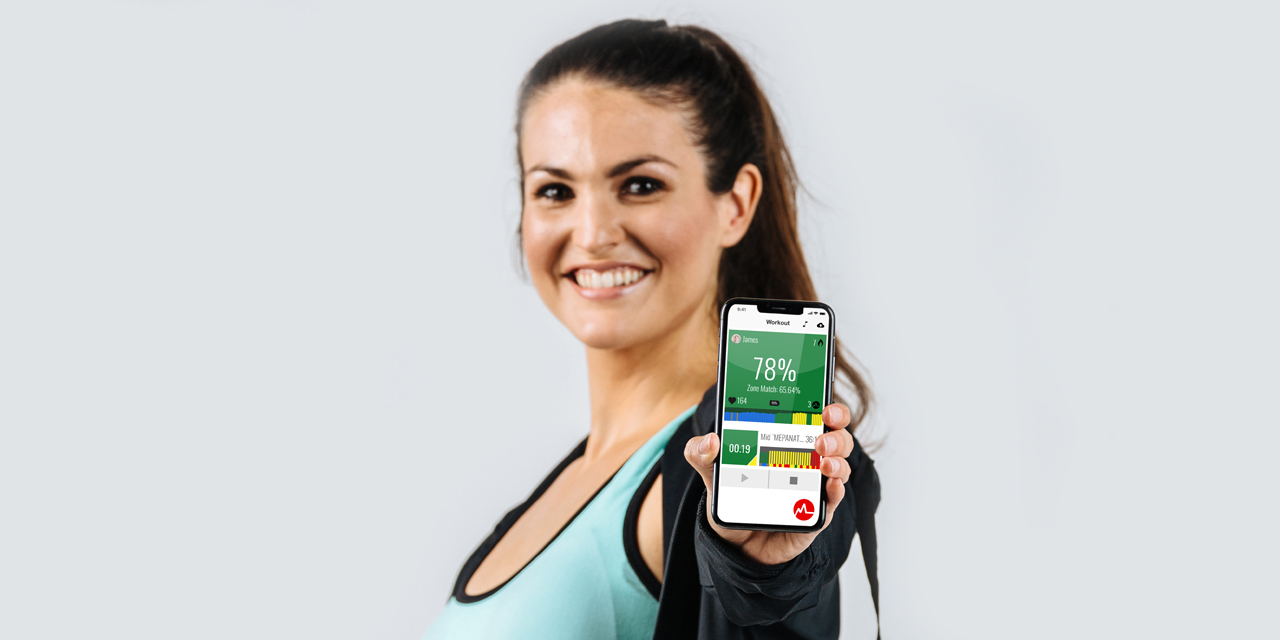
What are the benefits of heart rate training in a group cycling environment?
Effort-based training adds an important dimension of inclusivity to indoor cycling.
Indoor cycling is often seen as rather elitist and intimidating, with extremely competent cyclists instructing the class and an array of people – often well-established regulars – trying to keep up. Focusing on effort (through heart rate training) means that even beginners can be rewarded for the effort they put into the session.
But in fact, it’s not only beginners who benefit from this focus on effort. It’s also crucial to the effective implementation of heart rate training in group classes generally.
The issue with heart rate training in a group exercise environment is that it’s only relevant if a consistent metric – such as intensity percentage – is applied. Training at a definitive heart rate number has no bearing if it isn’t related to each individual’s maximum heart rate: if you ask a 42-year-old to train at, say, 150 beats per minute, they will likely be training at a very different intensity than, for example, a 22-year-old in the same class… or even another 42-year-old.
On the other hand, if heart rate training is delivered based on percentage of maximum heart rate, and applied in simple colours, then it doesn’t matter how fit or unfit participants are, or how old. It’s all about effort – how hard each individual is having to push themselves based on their own fitness levels. For this reason, it’s a much easier metric for an instructor to coach to.
Do you have any examples of group cycling studios where heart rate training has been applied particularly well?
One great example is LifeFit Center @ The Beach, located at Long Beach State University in California, US. This club offers membership to adults aged 49+ years old and uses Myzone in all of its cycling classes, including the cycling portion of its signature ‘Strength for Living’ small group training programme – a programme that includes cycling and resistance training.
Not only do LifeFit Center instructors coach to the live heart rate feedback Myzone provides – essential to delivering a safe and effective cycling experience, especially as the membership is older – but they also use Myzone as part of their progressive cycling programming, moving clients from endurance, to tempo, to threshold, to HIIT training.
Members gain a richer cycling experience, spurred on by the accountability and gamification of heart rate training. They’re also better able to understand their progress, because they can see how their heart responds to exercise in real time, and are encouraged by fitness staff to monitor improved heart rate recovery.
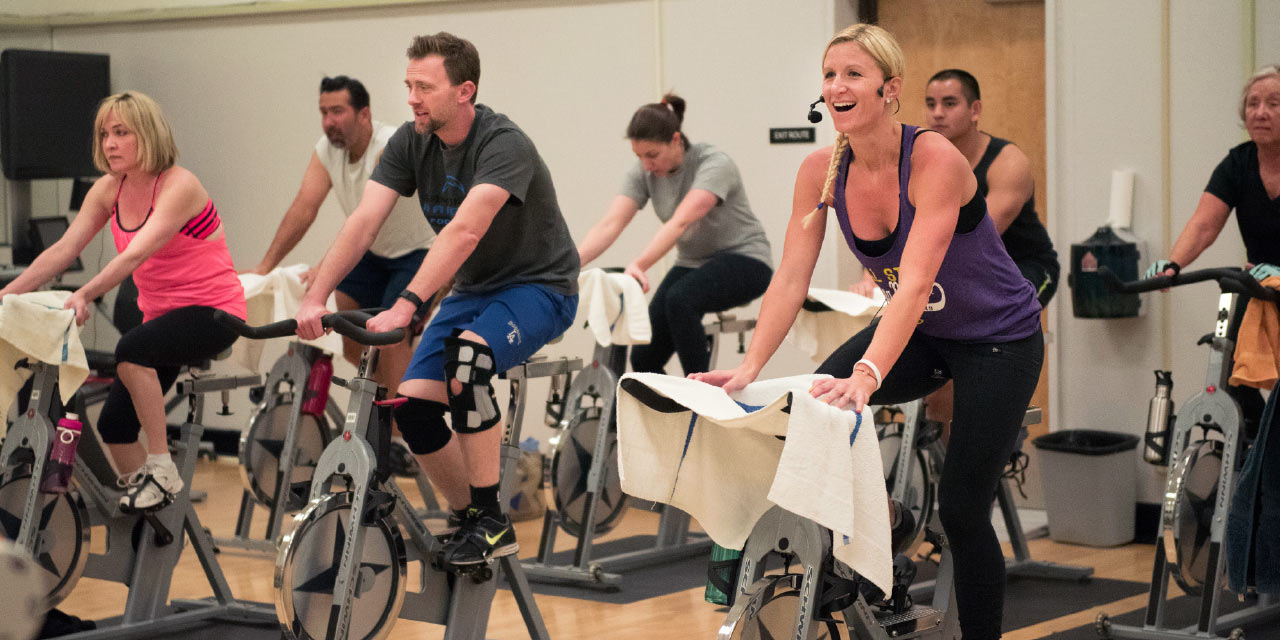
From a club perspective, using heart rate training has lent itself to member retention generally, and in particular within the cycling classes. ‘Strength for Living’ participants sign up again and again; many members have been in this programme for several years.
What do you think will be the next big trends in this area?
Formats like Zone Match classes are, I believe, the future of indoor cycling and heart rate training. Zone Match is a game where participants have to match their own heart rate to the colours shown on the screen. This is all based on effort: how hard they should be working based on their own fitness levels. It’s easy to understand, easy to follow and good fun.
Anything that’s simple, inclusive and fun will win in the world of group cycling, and group training generally.
Meanwhile, I believe power and wattage will go into decline due to the complexity of this form of training for the average group exercise cyclist.
What are your top tips for an operator wanting to set up a heart rate-based group cycling offering?
Don’t use the term ‘heart rate’. Focus instead on ‘effort’ or ‘intensity training’. Everyone can understand a percentage or a colour, but not everyone can understand numbers such as beats per minute.
What are the commercial opportunities in heart rate training for club operators?
First of all, there’s the obvious revenue model of selling devices such as heart rate monitors. But even more important is the impact on member satisfaction and retention. In particular, if you have a heart rate points collection system and connect this to your club’s rewards scheme, then the boost to member retention will easily cover the investment needed to install a heart rate system in the first place.

Conceived, powered and funded by BODY BIKE®, RIDE HIGH has a simple mission: to celebrate and champion the very best of indoor cycling, sharing ideas, stories and experiences from around the world to inspire the sector on to even bigger and better things. Subscribe for free by leaving your details below and we'll send indoor cycling's hottest news direct to your inbox three times a year.


